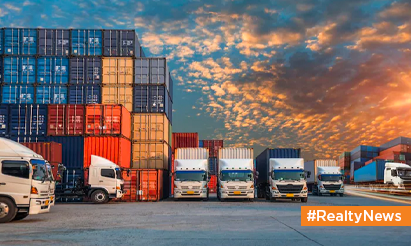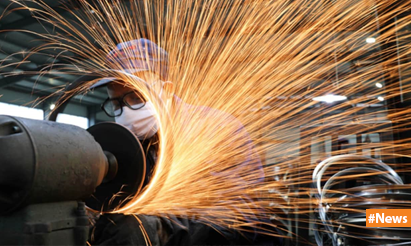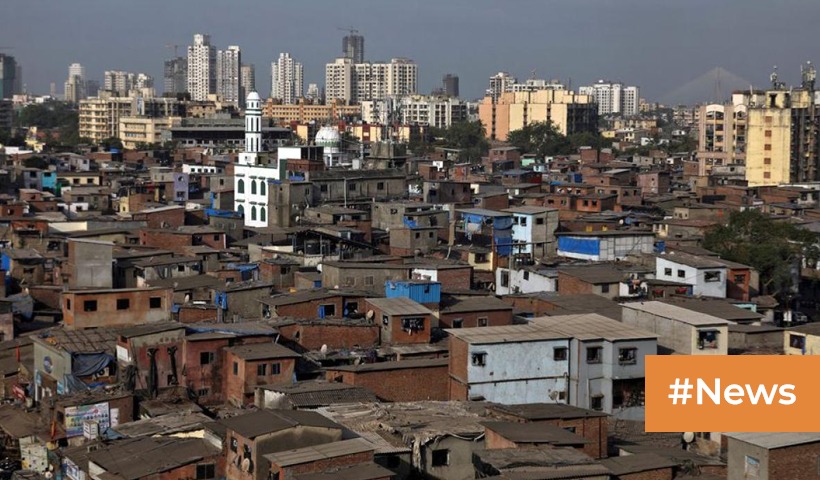The FAME scheme is driving the EV revolution in the country
Before 2021 when anyone talked about electric cars, we often used to relate it with Elon Musk and Tesla. But now, there are multiple homegrown companies and initiatives whose sole purpose is to work on sustainable transportation.
The companies like Hero Electric, Tata Motors, Ather Energy, Mahindra Electric are some of them that are innovating and working towards electric vehicles in India. Not only the established ones but several young companies are also working on EV charging infrastructure; for instance, Statiq—a startup backed by American seed money startup accelerator Y Combinator. This means we are making progress towards making Indian transport more sustainable.
Now, what was discussed in the Parliament monsoon session 2021 regarding sustainable transportation?
So, this Parliament monsoon session, FAME (Faster Adoption and Manufacturing of Hybrid and Electric Vehicles), has been extended for two years (until March 31, 2024) by the Union government on Friday.
What is the FAME scheme?
FAME stands for Faster Adoption and Manufacturing of Hybrid and Electric vehicles.
The government announced the FAME scheme in 2019, and it was designed to increase sales of electric vehicles by 2022. The scheme’s primary objective is to promote the adoption of electric mobility within the country and develop its manufacturing eco-system.
The Department of Heavy industries also shared a notification regarding this extension of the time period. They said that the scheme is now extended by two (2) years, i.e., until March 31, 2020, with the approval of the competent authority. Earlier it was proposed to be implemented over a period of 3 years, starting April 1, 2019.
Recently the government of India also shared some significant points regarding the Parliament monsoon session 2021 FAME Scheme:
- The scheme has sponsored 3.71 lakh electric vehicles under Phases I and II, with a total incentive of INR 634 crore (as of July 28, 2021).
- In Phase II of the project, 2,877 electric vehicle charging stations worth INR 500 crore were set up in 25 states and UTs, and 427 units were installed in Phase I.
- A demand incentive has been increased under FAME II from INR 10.000/KWh to INR 15.000/KWh with a cap of 20 to 40 percent on the vehicle cost
- Reduction of GST from 12% to 5% for electric vehicles: GST reduction from 18% to 5% for chargers and charging stations for electric vehicles.
Industry experts appreciate this decision regarding FAME
Deputy CEO, Hero Electric, Sohinder Singh Gill, welcomed the decision and said that lowering the subsidy on batteries and EVs overall under the FAME policy will help drive electric vehicle adoption. In addition to this, he said that they expect the market to reach 5-7 million units on the road over the next five years with such industry-friendly policy moves.
Furthermore, many private companies are also working on building EV facilities, so there will be an increase in the number of EV infrastructures—for example, OLA. The recent announcements of OLA regarding Electric Vehicles (olaelectric) are oriented towards the same mission. A spokesperson for Ola said, “Great to see FAME II extended. It will help make EVs accessible to more people. With Ola Future factory and our upcoming soon-to-be-launched scooter, we will accelerate this transition.”
Indeed, these FAME Scheme decisions will impact the country with the best charging infrastructure and EV facilities. India’s successful entry into the world of sustainable transportation is undoubtedly one of the best decisions in this matter.
Disclaimer: The views expressed above are for informational purposes only based on industry reports and related news stories. PropertyPistol does not guarantee the accuracy, completeness, or reliability of the information and shall not be held responsible for any action taken based on the published information.




